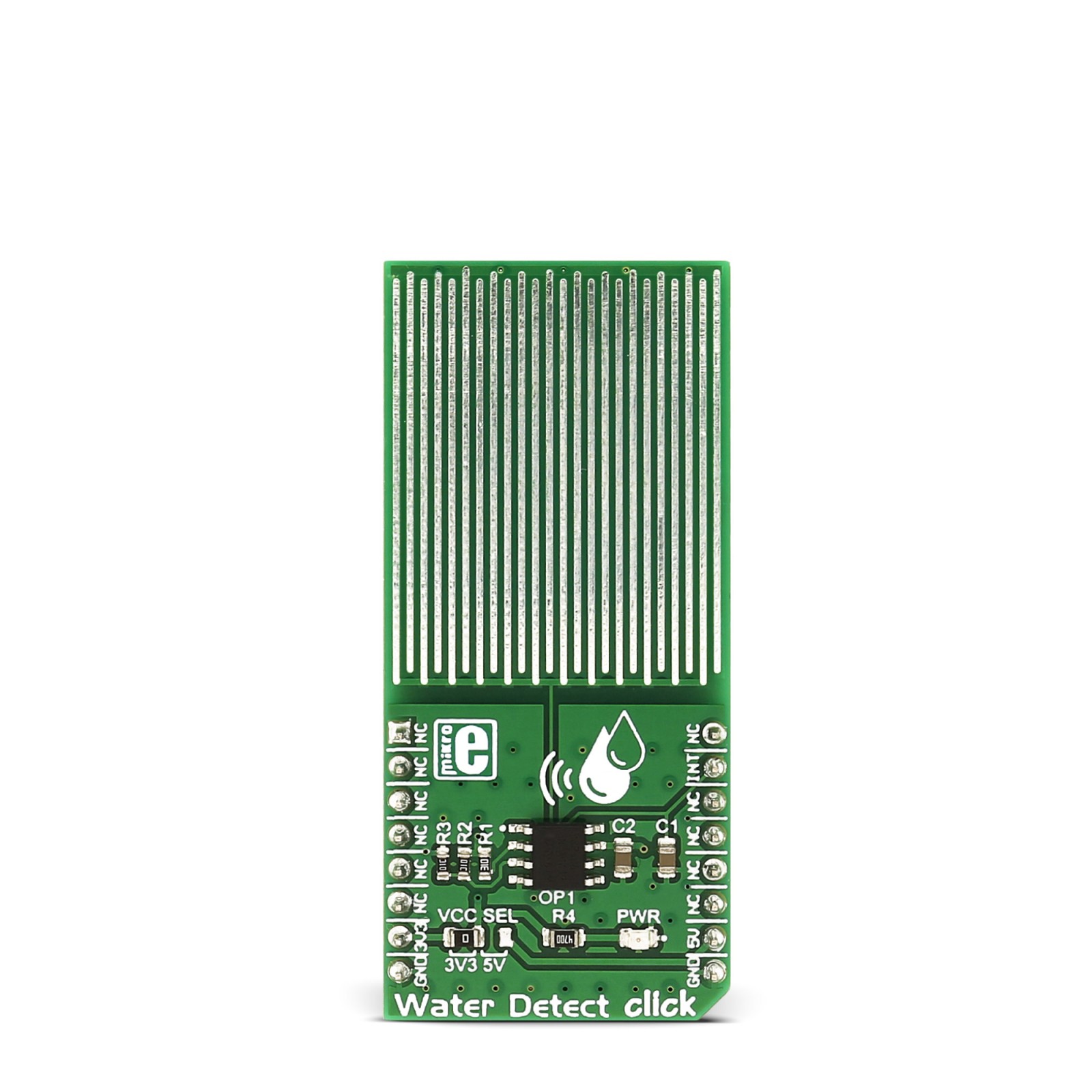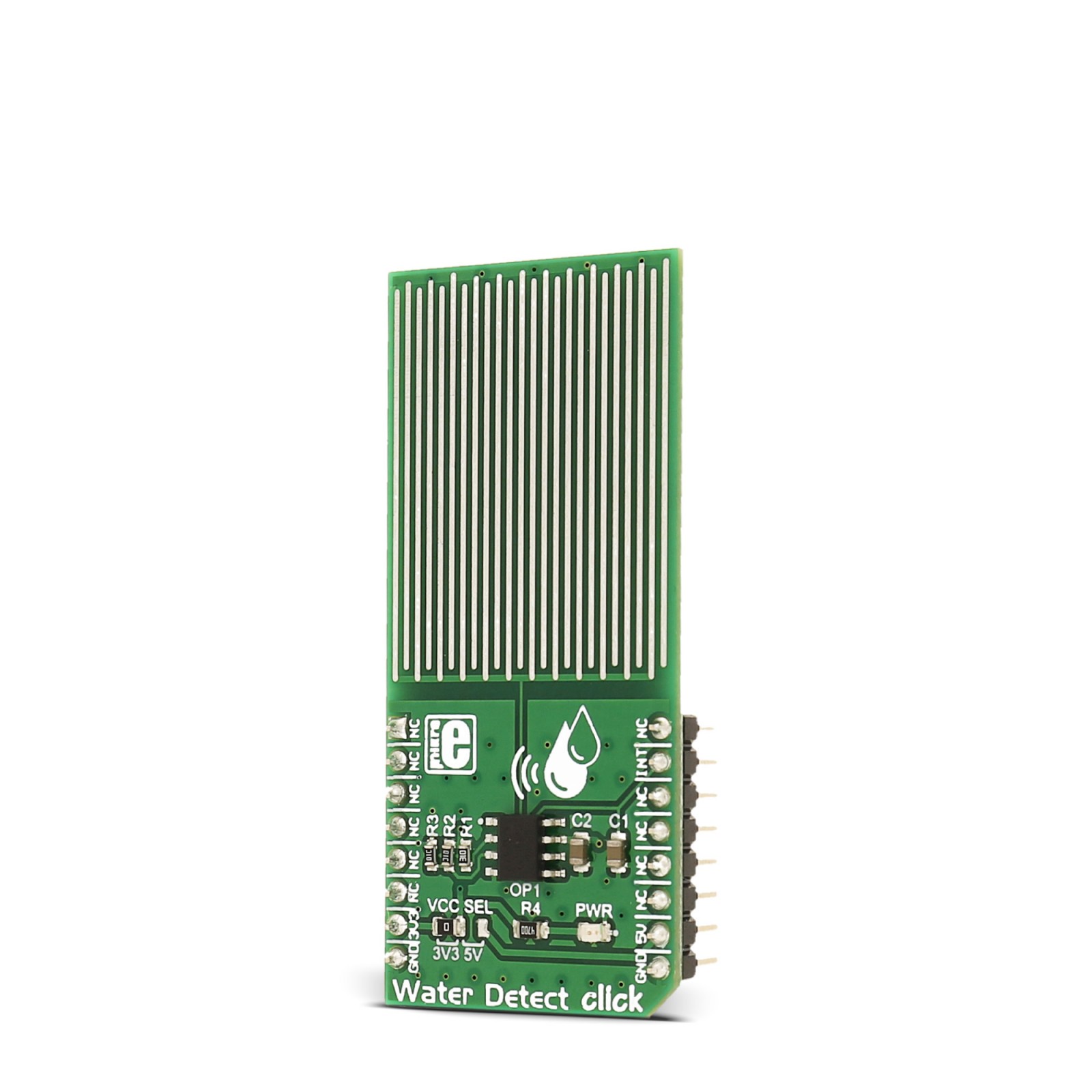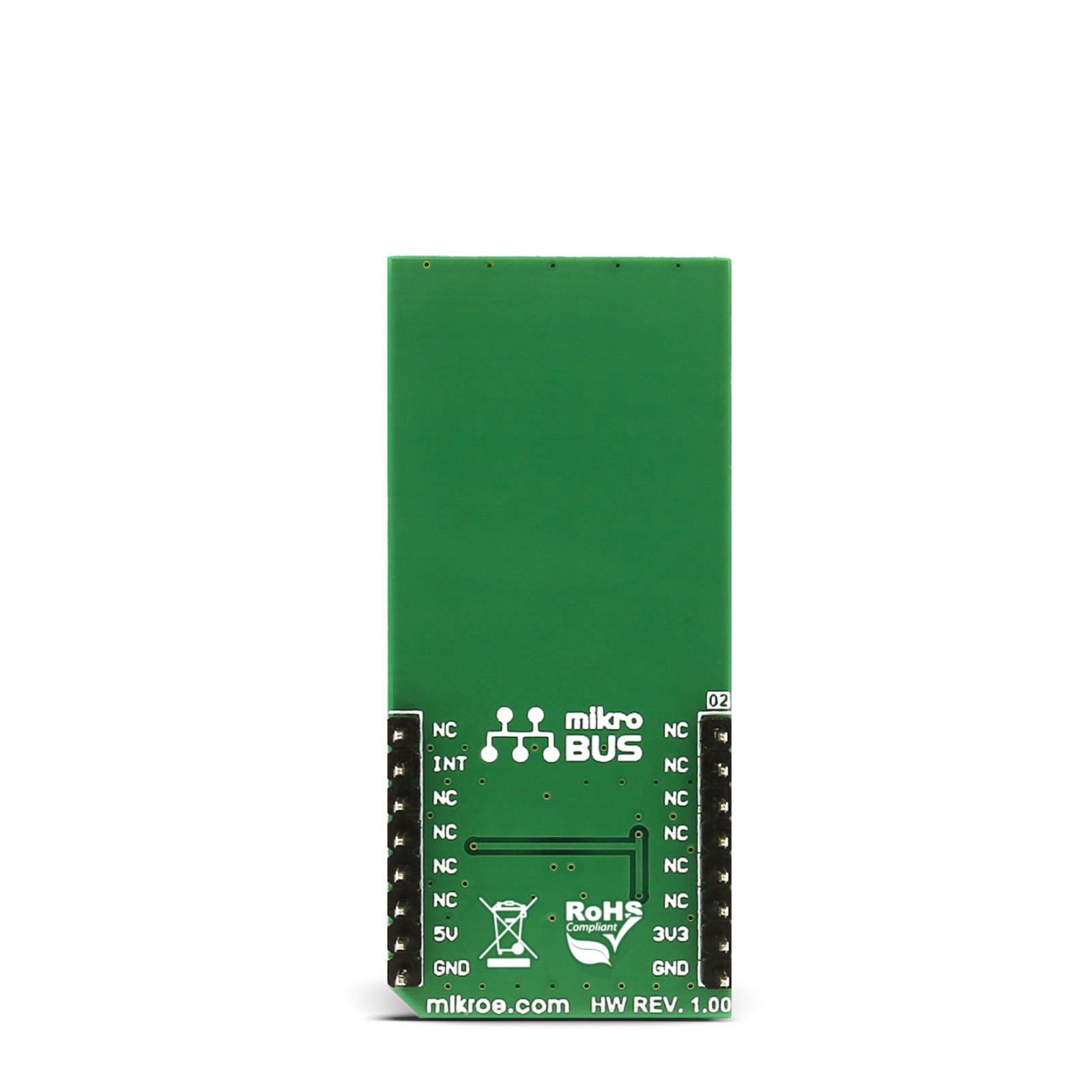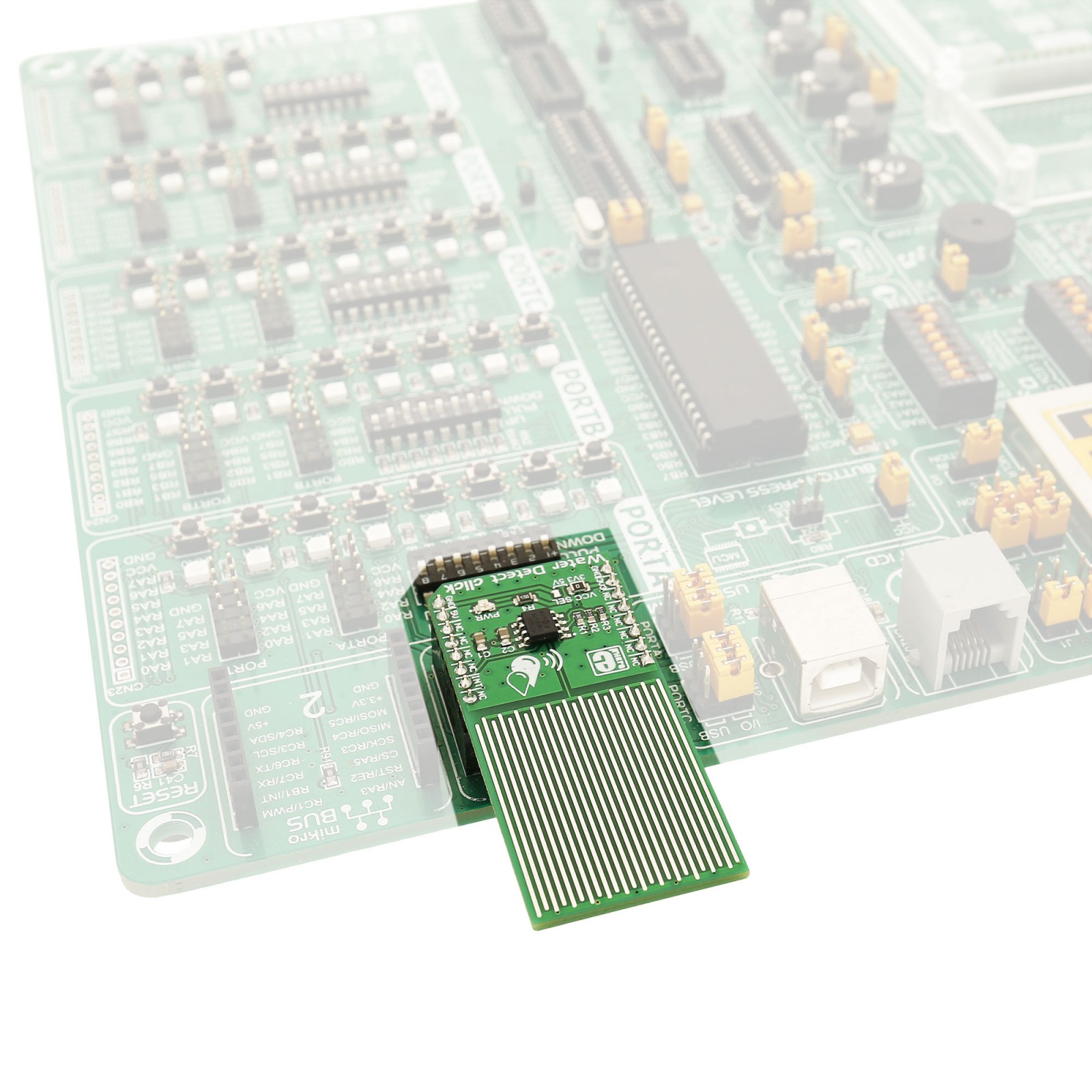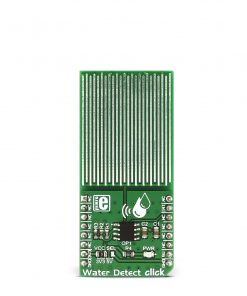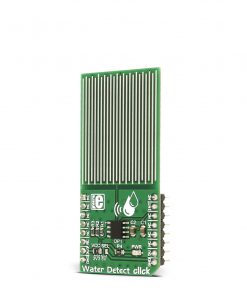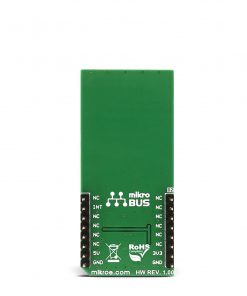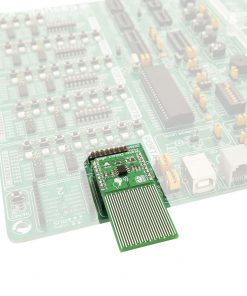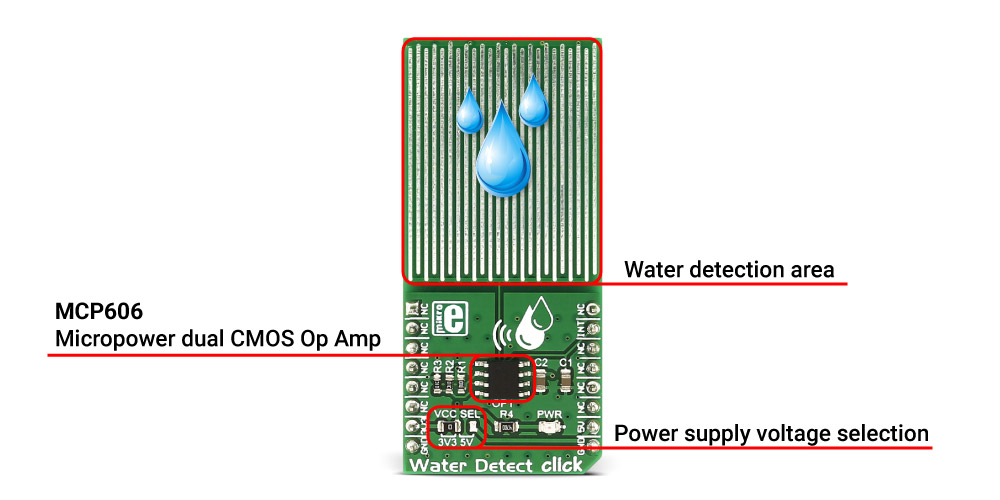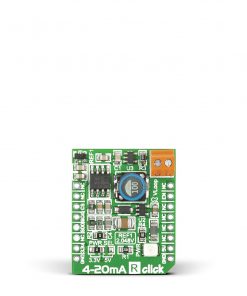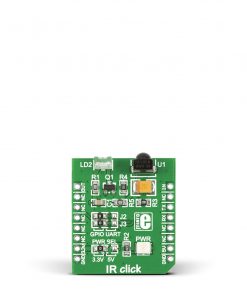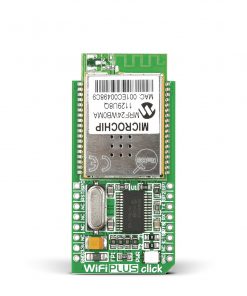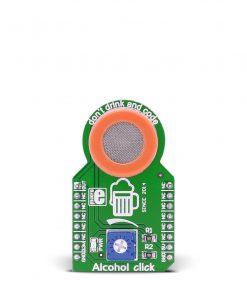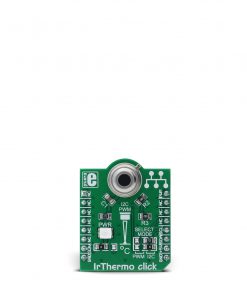-
×
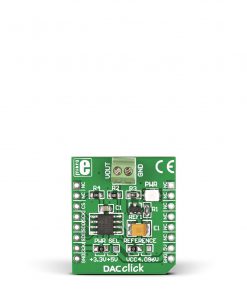 DAC Click
1 ×
DAC Click
1 × R410.00R369.00 -
×
 Proximity Click
1 × R220.00
Proximity Click
1 × R220.00 -
×
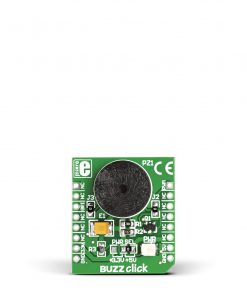 BUZZ Click
3 × R115.00
BUZZ Click
3 × R115.00 -
×
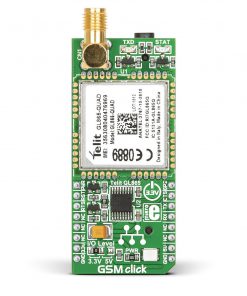 GSM Click
1 ×
GSM Click
1 × R1,050.00R945.00 -
×
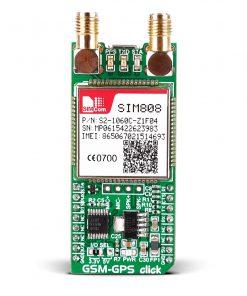 GSM-GPS Click
1 ×
GSM-GPS Click
1 × R1,350.00R1,215.00 -
×
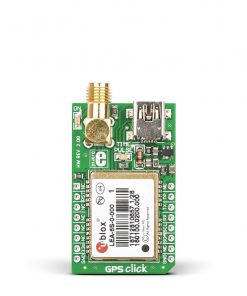 GPS Click
2 ×
GPS Click
2 × R1,050.00R945.00 -
×
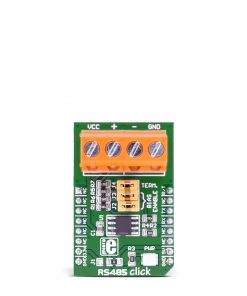 RS485 Click 5V
1 × R235.00
RS485 Click 5V
1 × R235.00 -
×
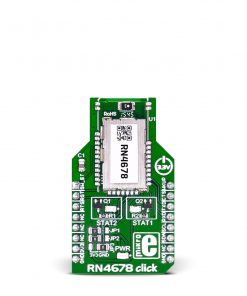 RN4678 Click
2 ×
RN4678 Click
2 × R855.00R769.50 -
×
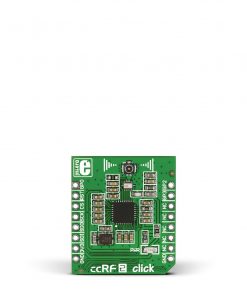 ccRF2 Click
1 ×
ccRF2 Click
1 × R800.00R720.00 -
×
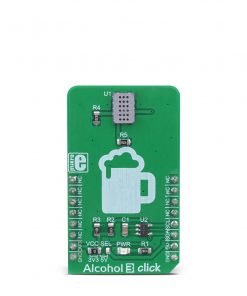 Alcohol 3 Click
1 ×
Alcohol 3 Click
1 × R710.00R639.00 -
×
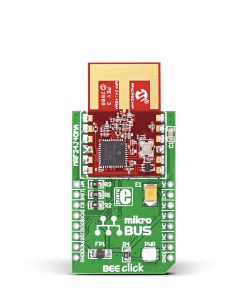 BEE Click
1 ×
BEE Click
1 × R800.00R720.00
Subtotal: R9,730.00

